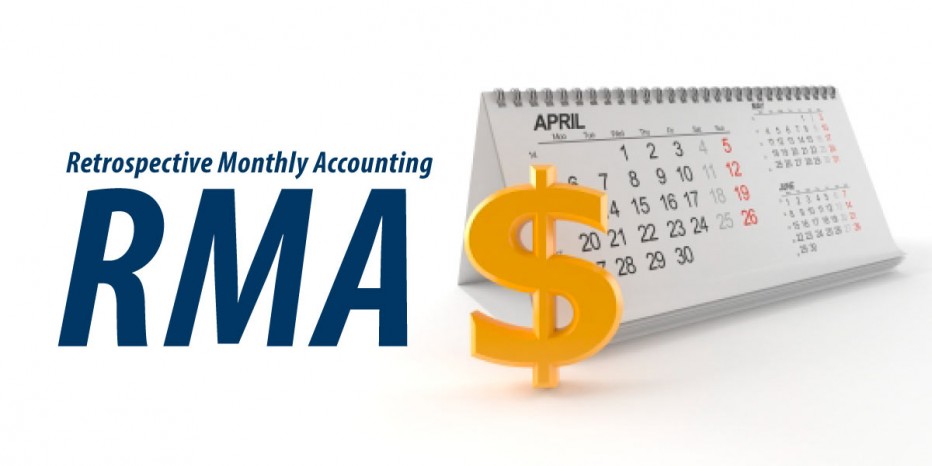Retrospective Monthly Accounting, or RMA, is the process that Social Security uses to calculate Supplemental Security Income (SSI) payments. Let’s start by reviewing what RMA is and how it works…
Social Security uses the income that someone receives in a month to calculate the eligible SSI payment two months later. For example, the income received in June will be used to calculate the August SSI payment.
This is a good system to help avoid Social Security over and underpayments. Most people don’t know exact monthly earnings until the month is over. So, if total earnings from June are reported to SSA within the first 10 days of July, they can be used to calculate my August payment accurately.
Exceptions
Of course, some exceptions to this system pertain. The traditional RMA system doesn’t apply when someone:
- Is initially found eligible for SSI,
- Has a period of ineligibility for SSI, or
- Has earnings that are high enough to make the SSI payment $0.
Initial Eligibility
At initial eligibility Social Security doesn’t look back to previous months to calculate an SSI payment. This means that they will use any income in the first month of eligibility to calculate a payment for that month and the following two. This is called the Transitional Computation Cycle.
Example: I am found eligible for SSI starting in May 2012. SSA will use my income from May to calculate my SSI payment for May, June and July. After that, the normal RMA cycle will start (with income from June being used to calculate my payment in August and so on).
Period of Ineligibility
If an individual on SSI has a period of ineligibility where assets go over the limit, unearned income in a month is too high, or earnings are high enough to cause the SSI payment to be $0, no two month delay applies. In these situations, the ineligibility for an SSI payment is immediate (in the same month). When an individual regains eligibility, a Transitional Computation Cycle will be used to calculate payments as they restart.
RMA and Work Incentives
RMA also applies when it comes to work incentives. When Social Security is calculating my monthly SSI payment, they aren’t just looking at my income from two months ago. They are also looking back to see if any work incentives applied at that time. This means that work incentives are applied to payments two months later – unless exclusions to the RMA cycle (as discussed above) apply.
Example: I am 19 years old, on SSI and I graduate from high school in June 2012. While I was in school, I was eligible for the Student Earned Income Exclusion, or SEIE (More about Student Earned Income Exclusion). I do not plan to attend school this fall, so I am no longer eligible for this work incentive after I graduate. However, RMA will apply. My payments will still be calculated using the SEIE until September 2012 (when the income and work incentives in place for July are used). Even though I am no longer a student after June, I will still get the benefits of the SEIE for two additional months (July and August unless an exclusion applies).
RMA Tips
It is very important to report all of your income and changes in information in a timely manner to Social Security. If SSA has updated information on your work situation, they can actually estimate out and plan for three paycheck months. This can be very helpful in avoiding over payments during those months.
Also, don’t forget that some beneficiaries have the opportunity to use the SSI Telephone Wage Reporting system. Or download the Instructions on Reporting SSI Wages (pdf)




